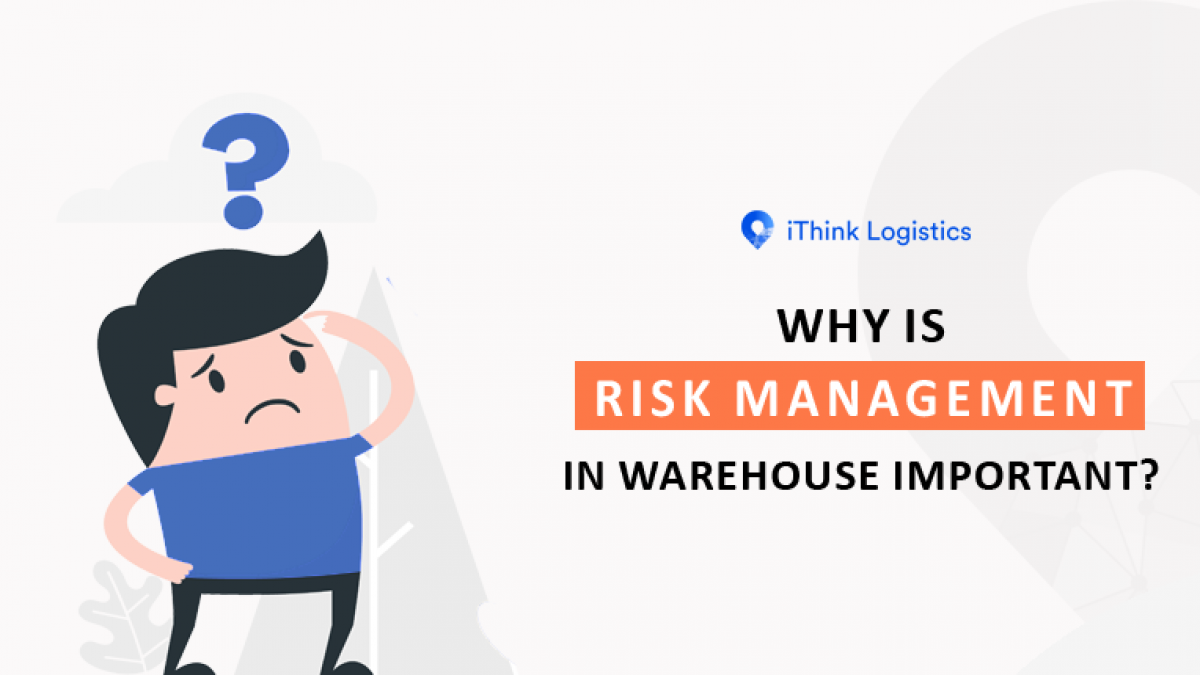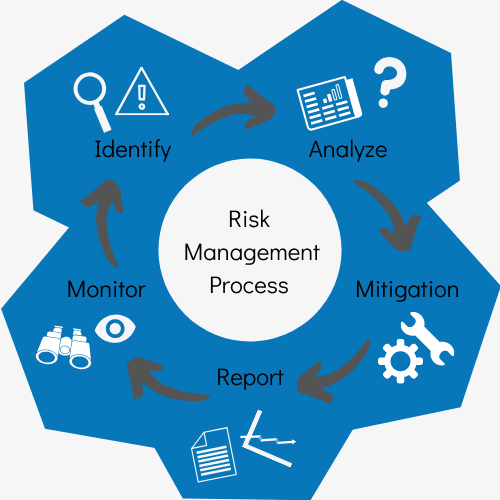Understanding the Importance of Risk Management in Modern Business Practices
Understanding the Importance of Risk Management in Modern Business Practices
Blog Article
Discovering the Value of Risk Management for Effective Decision-Making Techniques
In the intricate globe of business, Risk Management becomes a critical variable in the decision-making process. The ability to determine potential hazards and chances, and plan appropriately, can spell the difference between success and failing. With tools such as SWOT and PESTEL, organizations are furnished to make enlightened options, fostering strength and versatility in an ever-changing atmosphere. Wondering exactly how this functions? Let's unbox the characteristics additionally.
Recognizing the Idea of Risk Management
Risk Management, an important part in decision-making, is typically misinterpreted or oversimplified. Risk Management includes organized and self-displined approaches, utilizing data and informative evaluations. From monetary uncertainties, lawful obligations, strategic Management errors, to mishaps and natural calamities, it resolves numerous risks - importance of risk management.
The Role of Risk Management in Decision-Making Processes
In the realm of tactical preparation and company operations, Risk Management plays an essential function in decision-making processes. It aids in determining possible threats and unpredictabilities that can affect the success of business purposes. By tracing these dangers, firms can create approaches to reduce their impact, making sure service connection and stability. Risk Management hence becomes a crucial device in decision-making, aiding leaders to make informed choices based on a detailed understanding of the threats entailed. It urges an aggressive method, allowing organizations to prepare and expect for feasible future situations. This dramatically reduces the possibility of unfavorable effects, promoting more effective and efficient decision-making methods. As a result, Risk Management functions as a vital component in the decision-making procedures of any type of organization.

Exactly How Risk Management Enhances Strategic Preparation
In the context of strategic planning, Risk Management plays a critical function. Starting with the recognition of potential dangers, it additionally includes the implementation of Risk mitigation procedures. The duty of Risk Management is vibrant but not fixed, as it demands constant surveillance and adjusting of methods.
Identifying Possible Threats

Implementing Risk Reduction
Having established the significance of determining prospective threats, the following action is to discover Risk reduction. This process includes establishing and carrying out methods to handle determined dangers efficiently. It is an important element of tactical planning as it enhances decision-making by minimizing potential negative end results. Risk mitigation techniques can range from Risk avoidance, Risk transfer, to take the chance of decrease. Each method must be tailored to the specific Risk, considering its prospective effect and the organization's Risk resistance. Efficient Risk mitigation requires a deep understanding of the Risk landscape and the possible influence of each Risk. This understanding enables companies to prioritize risks and allot resources effectively, ensuring that one of the most considerable threats are addressed initially.
Surveillance and Adjusting Methods
Though Risk reduction is a critical action in critical planning, continual monitoring and modification of these strategies is similarly important. This continuous procedure allows companies to identify new threats and reassess existing ones, guaranteeing the applied techniques continue to be effective in the ever-changing service environment. It likewise gives a chance to review the success of the Risk Management actions, allowing modifications to be made where essential, further improving critical planning. Effective surveillance and adjustment require making use of analytics and key efficiency indications (KPIs) to determine efficiency. These devices give valuable data-driven understandings that can inform tactical decision-making. Surveillance and changing Risk Management techniques is an important part for boosting an organization's resilience and calculated preparation.
Case Researches: Effective Risk Management and Decision-Making
In the world of business and money, effective Risk Management and decision-making usually offer as the columns of thriving enterprises. These instances highlight the worth of astute Risk Management in decision-making processes. These instances underscore the crucial duty of Risk Management in calculated decision-making.
Tools and Techniques for Reliable Risk Management
Browsing the detailed labyrinth of Risk Management requires the appropriate collection of tools and strategies. These tools, such as Risk signs up and warm maps, help in identifying and analyzing prospective dangers. Techniques consist of both quantitative approaches, like sensitivity analysis, and qualitative methods, such as SWOT analysis. These aid in prioritizing risks based on their possible impact and possibility. Risk response methods, an essential element of Risk Management, include accepting, staying clear of, transferring, or mitigating dangers. Tracking and controlling dangers, with normal audits and testimonials, guarantee that the strategies continue to be efficient. With these strategies and tools, decision-makers can browse the facility landscape of Risk Management, thereby promoting notified and efficient decision-making.
Future Trends in Risk Management and Decision-Making Methods
As we check out the large landscape of Risk Management, it ends up being apparent that the tools and strategies utilized today will More hints certainly remain to evolve. Future fads direct in the direction of a raised dependence on technology, with artificial knowledge and maker knowing playing significant duties. These innovations will make it possible for organizations to anticipate potential threats with higher accuracy and make even more informed choices. Furthermore, there will certainly be an expanding emphasis moved here on strength, not just in taking care of dangers but additionally in getting better from damaging circumstances. The principle of Risk society, where every participant of an organization is mindful and included in Risk Management, will acquire more prestige. These patterns advertise an even more proactive and inclusive approach towards Risk Management and decision-making.
Conclusion

Risk Management thus comes to be a vital tool in decision-making, aiding leaders to make educated options based on an extensive understanding of the risks entailed. Risk mitigation approaches can vary from Risk evasion, Risk transfer, to risk decrease (importance of risk management). Efficient Risk reduction requires read what he said a deep understanding of the Risk landscape and the prospective impact of each Risk. Risk response methods, an essential component of Risk Management, entail accepting, staying clear of, moving, or mitigating risks. The principle of Risk society, where every member of an organization is mindful and involved in Risk Management, will certainly acquire extra importance
Report this page